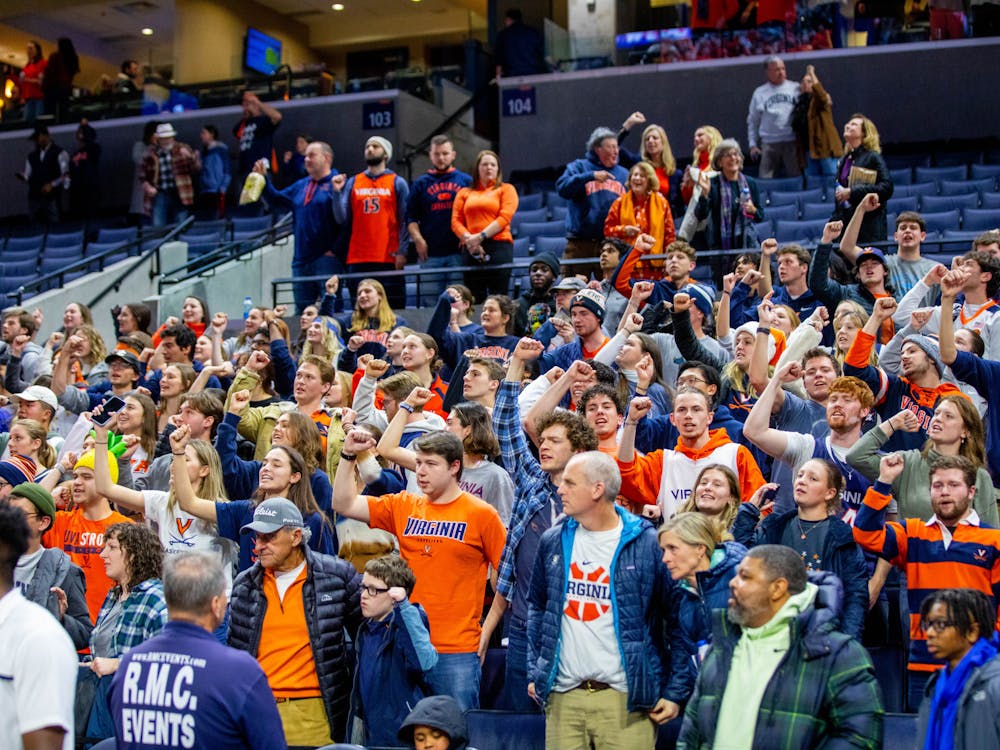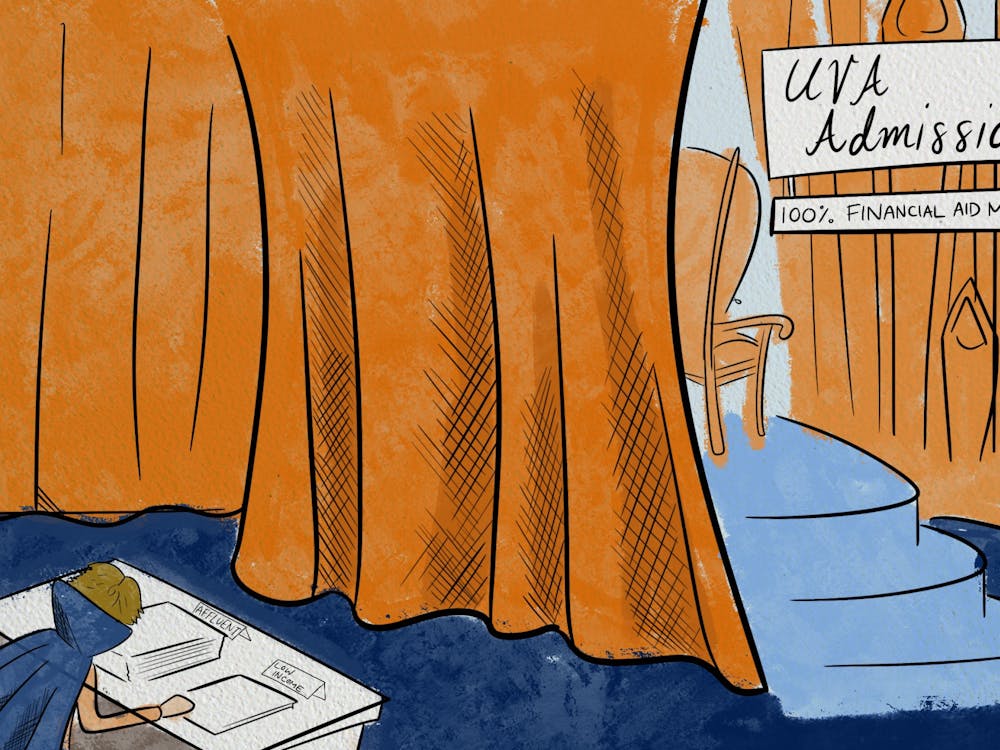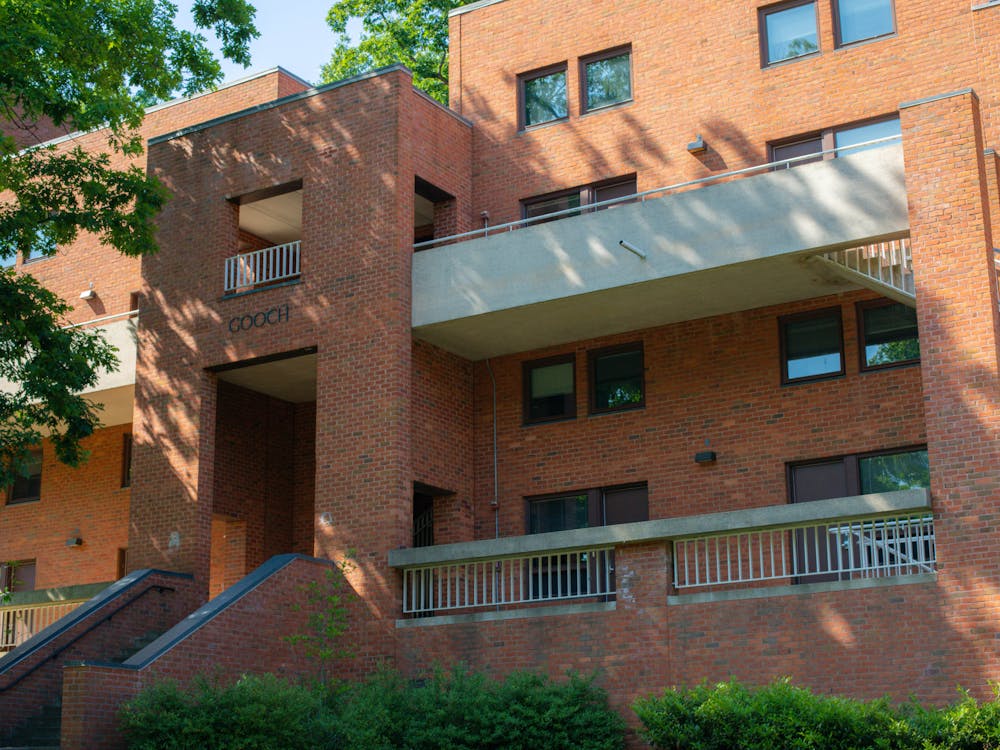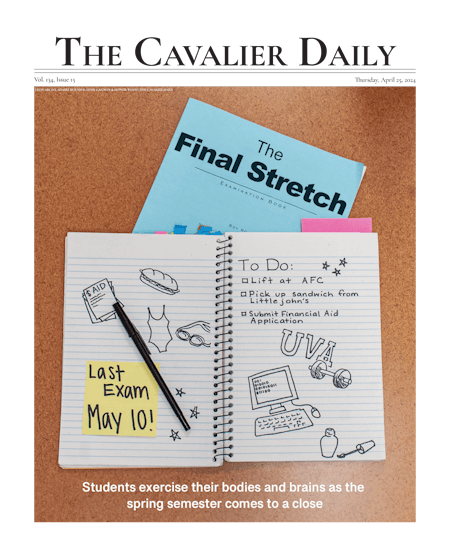“Voting is a privilege in this country,” Paula Johnson, co-chair of New Hampshire-based Women for Trump said in an interview with CNN’s Alysin Camerota last week. “And you need to be legal — not like California, where 3 million illegals voted.”
“Where are you getting your information?” implored Camerota.
“Google it. You can find it on Facebook,” said another Donald Trump supporter.
Google, Facebook, Twitter, Breitbart, The Onion, Snapchat, World News Daily Report…
Do these media outlets count as news? Is their information real or fake — and how can we tell? To what extent do they deceive us and influence our political opinions? And how might these sources be perpetuating a divide in Americans’ access to credible news?
These are all questions that we must consider in this post-election period and as we transition into a Trump presidency. But first, rewind nearly one decade ago.
In 2007, about half of Americans did not have at-home broadband Internet access and nearly 30 percent of Americans did not use the Internet, according to a Pew Research Center survey. This gap was especially prevalent between upper and lower socioeconomic classes and rural versus urban Americans. During a speech on the 2012 campaign trail, President Barack Obama insisted he “would take a backseat to no one” regarding network neutrality, in order to prevent Internet service providers, or ISPs, from controlling their users’ Internet connection. An absence of net neutrality policy would allow ISPs to create “fast lanes” and “slow lanes” for Internet access, charging a higher fee for faster Internet connections. This would effectively widen the divide in Internet access between upper and lower socioeconomic classes, as wealthier Americans would be able to afford faster and easier Internet service. Obama remained committed during his presidency to bridging the commonly labeled “digital divide,” or the gap in access to Internet, modern media and digital technologies by ensuring that all Americans have free and equal access to the Internet.
Fast forward to 2016. While Obama has helped narrow this digital divide significantly during the past two presidential terms, a new and different type of gap has begun to emerge: a digital information divide.
Recent U.S. Census Bureau data reveal the divide between rural and urban America is wide, with rural areas having a higher median age, a lower median household income and a lower education level, with only 1 in 5 adults having earned bachelor’s degrees. A 2016 National Telecommunications & Information Administration study found a significant divide in Internet use between rural and urban areas, as urban Americans use social media more, participate more in online activities and have greater access to mobile Internet devices such as smart phones or tablets. Unfortunately, digital literacy training remains inadequate in many rural areas of the United States, while urban areas are able to afford greater technology-based education.
Although now much more of America has access to the Internet than it did in 2007, the way rural and urban citizens use it — and acquire news or information from it — differs dramatically. As urban Americans grow wealthier, more educated and younger in average age, they also develop a stronger ability to navigate the Internet, seek out credible information and distinguish between real and fake news.
And while this gap and these statistics may not come as a surprise, it’s also no secret that rural areas tend to be more conservative. Reports have found conservatives are overwhelmingly receptive to information online that reinforces their worldview and are much more likely than liberals to believe fake news stories, according to a recent Washington Post article. Surely, this inability to spot political bias or false stories on the Internet only worsens in rural areas that are poorer and less educated.
A recent Pew Research Center study found 62 percent of Americans get news on social media. Many are unable to recognize articles from publications like The Onion as satire or distinguish sites such as World News Daily Report as fake.
On Dec. 8, former Secretary of State Hillary Clinton spoke to the public for one of the first times since her election concession a month prior, warning about the epidemic of fake news and arguing that it can have “real world consequences.” Undeniably, fake news stories that circulated during the campaign period — pushing conspiracy theories about Clinton ranging from her health to her sexuality — were some of the factors that cost her the election. But this so-called “epidemic” isn’t just about the 2016 election and political divisions. Rather, it’s indicative of a much larger digital information divide that is sweeping the nation and which the incoming Trump administration has a crucial responsibility to address.
Many social psychologists argue media can enforce extreme polarization through social identity. Researchers Shanto Iyengar, Gaurav Sood and Yphtach Lelkes explain the increasing dislike Republicans and Democrats have for each other is largely rooted in their view of each other as an outgroup. Conspiracy theories or false claims about candidates promoted by one’s party or “ingroup” on the Internet are often blindly accepted without question. One study found that conservatives are more likely to hear political opinions that align with their own views on social media and express distrust of reliable news sources, whereas liberals are more likely to trust news outlets but block someone on social media because of politics.
This means there are dangerous implications of a digital information divide, which increasingly divides and polarizes us socially, psychologically and politically. The news we consume influences our social identity, and vice versa. It’s at the very heart of who we are as a nation and how we operate as a democracy.
Therefore, it is time to reorient our policy focus away from Obama’s outdated aim to narrow the digital divide and toward strategies to rid our nation of its newfound digital information divide. We must increase digital literacy training in schools — particularly within rural areas — and ensure that all Americans, regardless of age, education or income level, have the ability to navigate the complicated web of information on the Internet and locate good news. Most importantly, we must encourage Americans to seek out information besides that which only confirms our beliefs.
Thomas Jefferson once said, “Whenever the people are well-informed, they can be trusted with their own government.” If we want an engaged and informed citizenry to shape our democracy and impact future election results, it all begins with America’s most widely-used form of communication and its dominant tool for the spread of information: the Internet. It is certainly not going away soon, and its influence on the American public will only grow stronger.
Earlier, I asked in reference to certain media sources: “Do these media outlets count as news? Is their information real or fake — and how can we tell? To what extent do they deceive us and influence our political opinions?” In order to be able to adequately respond when faced with these questions, our policymakers must first take steps to re-instill a sense of dignity and credibility in news online and close the digital information divide.
Four years from now, my hope is that the Internet is used as a positive tool for acquiring truthful information, and that ultimately, a more digitally informed citizenry shows up to the polls.
Emily Irwin is a fourth-year Batten student.




